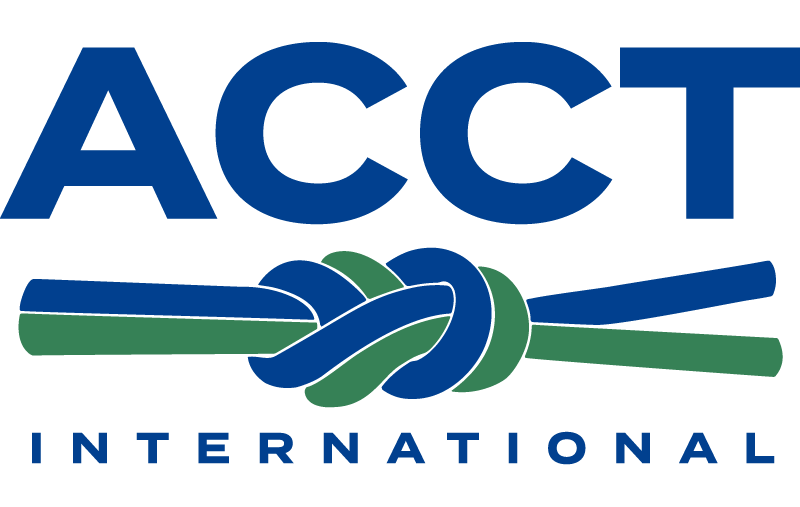Cleaning Gear, A Bit of Insight
One of the most challenging questions about reopening is how to clean the expensive equipment staff and participants used everyday. Cleaning information is varied and sometimes conflicting. The research on disinfecting surfaces is not focused on harnesses, helmets, lanyards, or platforms in trees. Owner/Operators must sometimes use a little inference to create a usable, practical, repeatable cleaning method. Often this involves looking a variety of information from multiple suppliers and making the best choice possible.
In all cases, users need to heed the advise of the equipment manufacture to create a plan. Manufacturers have created the best solution they can with the information they have. The solutions must balance what is know about the effect of cleaning on the strength and usable life of the equipment with what is known to be effective at eliminating the virus. The difficulty of this task is seen in the wide variety of instructions provided by manufacturers. Additional high quality research by manufacturers and research institutions is needed to fully understand how the virus can be killed and equipment protected.
Recently, an ACCT member brought to my attention an article by the United Stated Department of Agriculture’s National Technology & Development Program. The article, Effects of Pathogen Decontamination on the Strength of Climbing Rope and Harness Equipment (2017) (https://caves.org/WNS/Rope%20and%20harness%20decon%20tests.pdf) looks at the effect of cleaning equipment with hot water. The cleaning methods in the study are similar to those proposed by Singing Rock in their detailed cleaning guidelines.
The cleaning guidelines used in the study is designed for cleaning caving equipment from a specific fungus. The study did not look at the effectiveness of the cleaning method but instead looked at the effect of the cleaning method on the strength of the equipment. This is important. Often what is not well documented is the effect of cleaning on the strength of the equipment. This study sheds some light on the issue.
While the study makes no claims about the effectiveness of the cleaning on eliminating the virus, it does address the important question of weather or not the cleaning with hot water (50C) harms the equipment. From the detailed work in the study, it is clear the cleaning method had a very small impact on the strength of ropes and harness.
This information is useful to operators by helping reduce the unknowns in cleaning. This study alone will not help determine the best way to clean equipment. It does help us understand that one method suggested by at least one manufacturer is not harmful to equipment.
